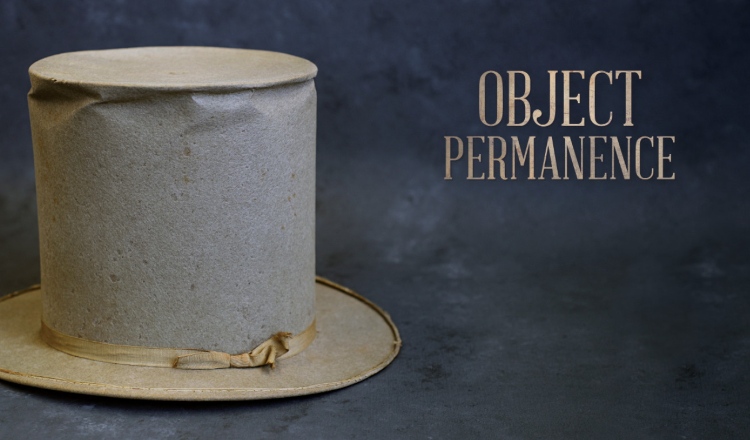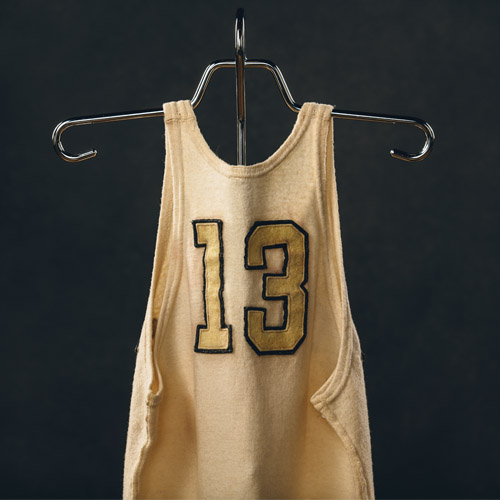
71. John Wooden’s Jersey
Considered by many to be the greatest NCAA basketball coach of all time, John Robert Wooden (HHS’32, HDR HHS’75) achieved phenomenal success as head coach of UCLA, leading the Bruins to 10 NCAA championships. The Wizard of Westwood grew up playing a rudimentary version of basketball with his three brothers using a homemade basketball and a tomato basket as a hoop in a barn. After leading Martinsville High School to the Indiana State championship in 1927, Wooden studied English at Purdue, where he played guard and was named the national collegiate basketball player of the year in 1932. That award now bears his name. Somehow, college friend Frank Neff (T’30, MS T’37) ended up with a jersey Wooden wore his senior year — lucky 13. It remained stored in a box in the closet and passed down to Neff’s grandson, who put it up for auction in 2018. The 1930s jersey is believed to be the only one of its kind in existence. Its once white wool fabric has yellowed slightly with age, but authentication of the rare artifact caused quite a stir. It was purchased by Drew Brees (M’01) for $264,000 and loaned in permanence to Purdue Athletics, where it’s on display in Mackey Arena on the concourse’s Ring of Honor.
See John Wooden’s jersey at Mackey Arena’s Ring of Honor.
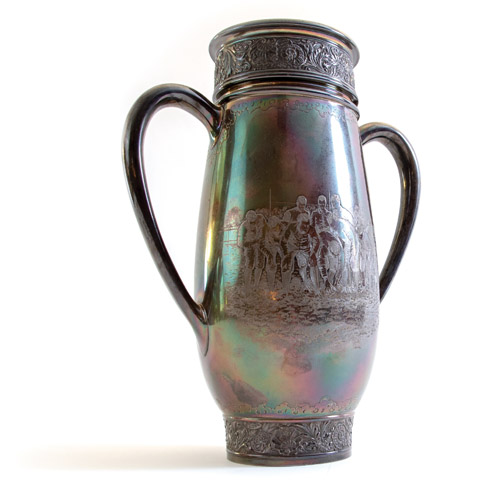
72. La Fayette Cup
According to the 1895 Debris yearbook, “Foot-ball is the favorite sport at Purdue. So successful have the elevens been that the game has drawn forth the ardor and enthusiasm of the student body. By holding the State championship for three successive seasons, the celebrated La Fayette Cup becomes a trophy for Purdue, of which she may always be proud.” The sterling cup was a traveling prize for the football champion among Indiana colleges in the early 1890s. It was permanently awarded to Purdue in 1894 after the Boilermakers won the crown three consecutive years. Under Coach D.M. Balliett, the 1894 squad outscored opponents by a collective score of 177 to 42.
The La Fayette Cup is on display in Spurgeon Hall of Spirit at Dauch Alumni Center.
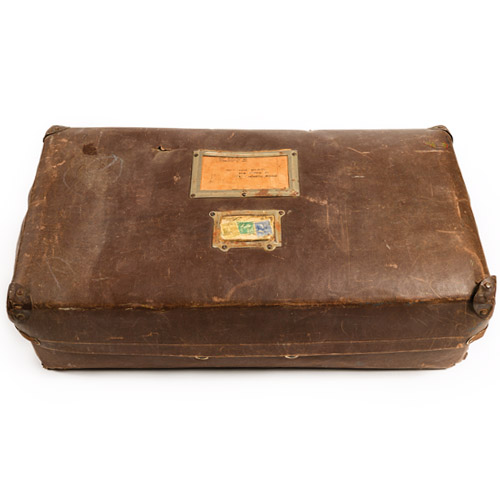
Courtesy of the Virginia Kelly Karnes Archives and Special Collections Research Center, Purdue University Libraries
73. Laundry Mailer Box
Tom Wilhite (CE’50) arrived in West Lafayette in July 1945 from Ferguson, Missouri, on the Wabash Railroad, carrying all his worldly goods in this brown fiber laundry mailer box. Every two weeks, he carried the box — filled with soiled laundry — one block down Andrew Place from the Kappa Sigma house to the post office in the center of the Village. Back home, his mother washed the clothes in an old-fashioned wringer machine with two separate tubs for rinsing, then hung the wet clothes in the basement to dry overnight. After ironing in the morning, she repacked the box, adding a letter and cookies or cake and hand carried the full box to the post office on her way to work — more than a mile from home. Wilhite continued this biweekly ritual his entire undergraduate career. His mother purchased a modern washer and dryer after his graduation in 1950.
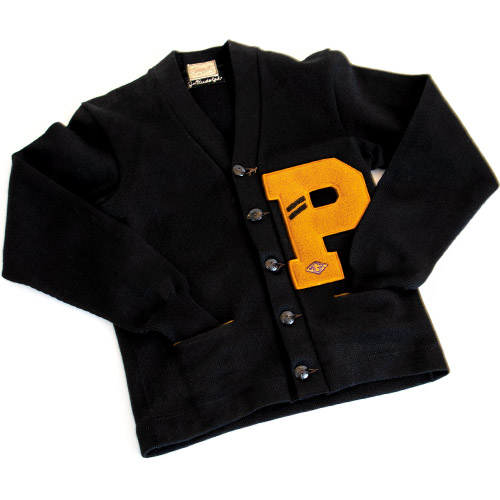
74. Letter Sweater
Student-athletes who met specified levels of participation or performance were awarded a varsity letter chenille patch to be displayed on their letter sweater. The stripes designate the number of letters earned. This letter sweater belonged to Joe Rudolph (LA’48), longtime director of the Purdue Alumni Association. Rudolph was a senior football manager as a student; thus, his patch bears the MGR insignia.
Joe Rudolph’s letter sweater is on display in Spurgeon Hall of Spirit at Dauch Alumni Center.
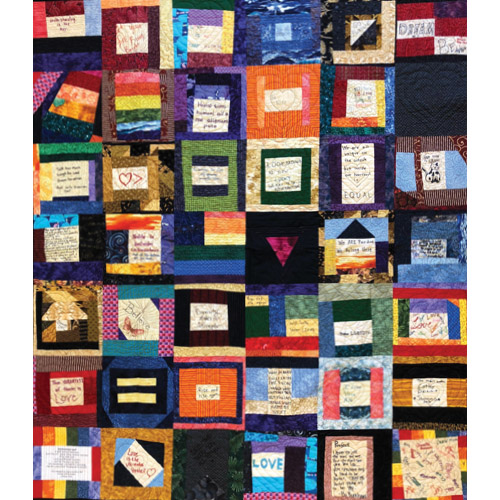
75. LGBTQ Center Quilt
This patchwork of quilt blocks displayed in the LGBTQ Center was created by students, staff, faculty, and community members in 2016. Individuals sewed nine-inch square panels that were later quilted together. Panels impart messages of love and support, famous quotes, and LGBTQ+ symbols. Quilt circles are a historic tradition that speaks to sharing a legacy, maintaining community, telling stories, encoding messages, and, of course, knowing and understanding one’s family. For LGBTQ+ communities, coming together with friends and allies on campus to create this community quilt is a powerful reminder of history and an inspiring message of empowerment for future generations.
See the quilt in person at the LGBTQ Center in Schleman Hall.
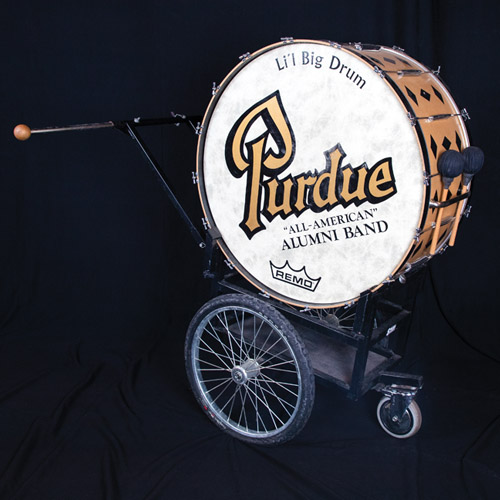
76. Li’l Big Drum
In 2009, the Purdue Alumni Band joined the “All-American” Marching Band in the Indianapolis 500 Festival Parade and race day performance. Alumni who were part of the Big Bass Drum crew introduced a little cousin to the “World’s Largest Drum” — the Li’l Big Drum, a modified concert bass drum. It makes an appearance every other year when the alumni band appears in the halftime show at Homecoming.
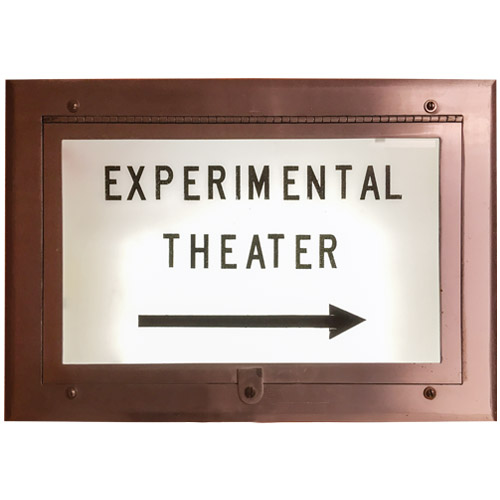
77. Light Box
More than 245 productions were staged in the Experimental Theater in the basement of Stewart Center, where light boxes still point the way to the defunct performance space. Thousands of acting and technical theater students honed their craft on plays ranging from the theater’s inaugural performance, Northern Lights, in 1958 to its final curtain call, Marisol, in 2005.
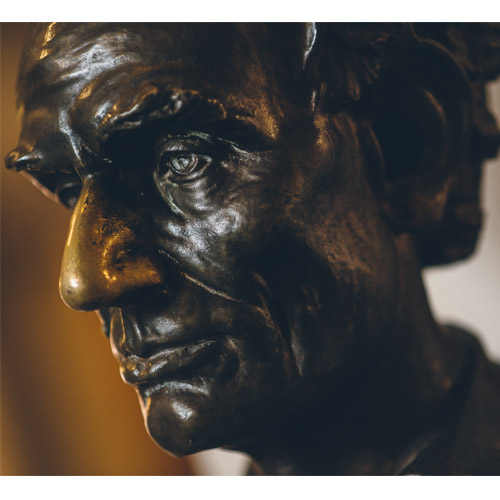
78. Lincoln’s Nose
Along with the busts of university presidents in Purdue Memorial Union, there’s also a bust of Abraham Lincoln, honored for his role in helping create Purdue University by signing the Morrill Land Grant Act of 1862. The bust was a gift from the class of 1904 on the occasion of its 25-year anniversary. It’s long been tradition for students to rub his now well-worn nose before exams for luck.
Rub Lincoln’s Nose in the West Great Hall in Purdue Memorial Union.
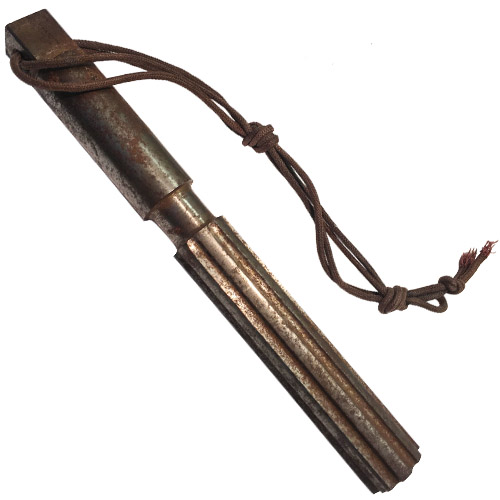
79. Little Reamer
Students who want to join the Reamer Club must carry around a Little Reamer during the pledge process. Hefty metal cutting tools designed to enlarge the size of a previously formed hole such as this became known as Little Reamers. Today’s pledges still carry around a Little Reamer, albeit a considerably lighter wood version. The formation of the Reamer Club dates back to the 1920s. Created as the nonGreek counterpart to the Gimlets, the founders claimed that Reamers would “smooth out the holes the Gimlets made.”
Watch a Tuesday Tour with Reamer students
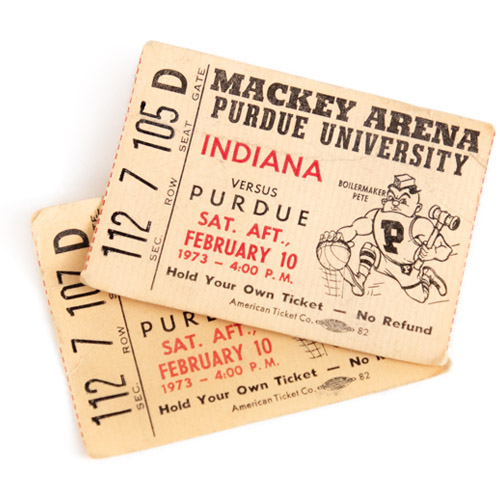
80. Mackey Tickets
Senior guard Dennis Gamauf (A’73) wasn’t known for being a high scorer, but he had perhaps his best offensive game of his collegiate career on February 10, 1973. Gamauf scored 22 points on 9 of 13 from the field to lead the Boilermakers past fourth-ranked Indiana University 72–69. The victory marked the eighth time in a row the Boilermakers defeated the Hoosiers in Mackey Arena.

